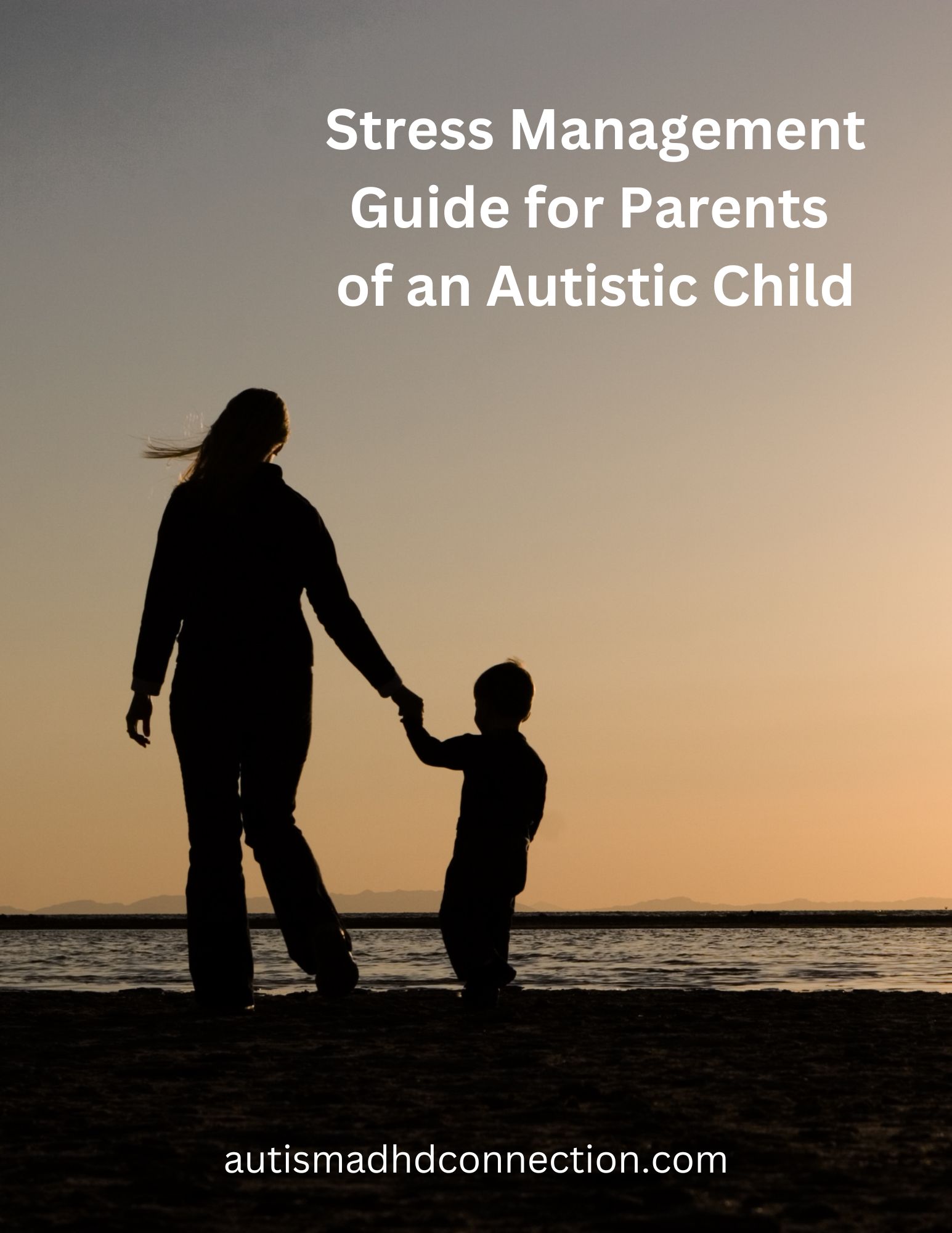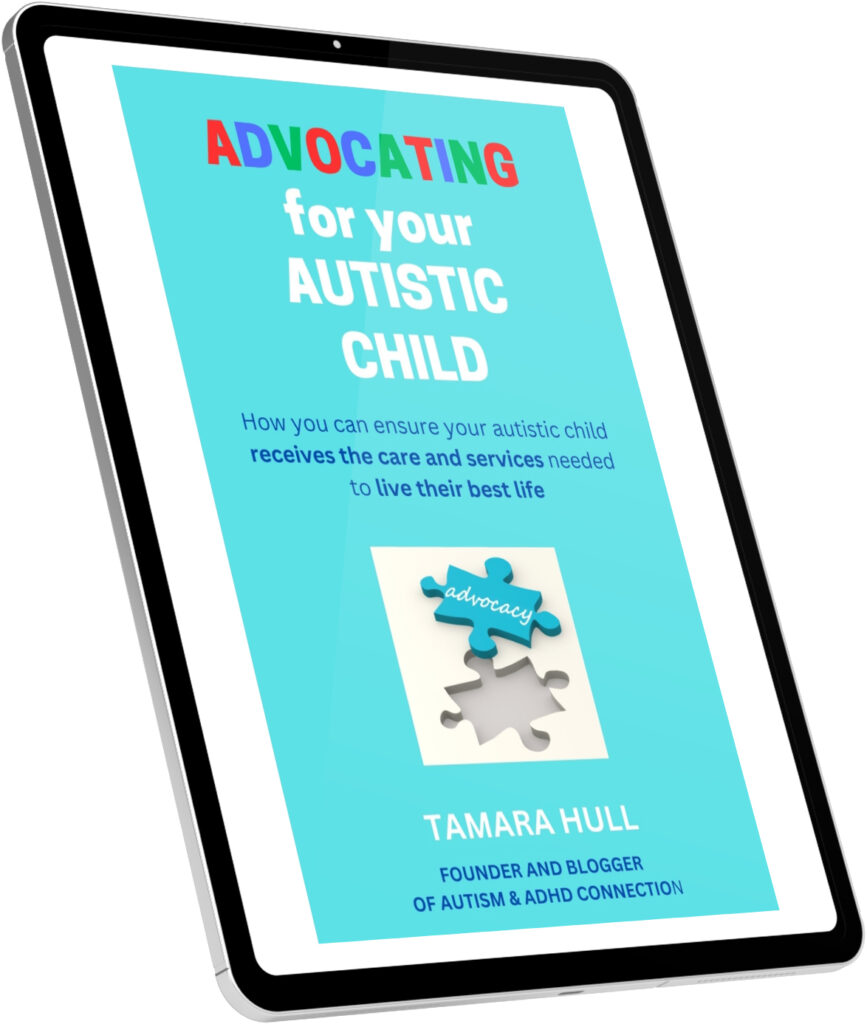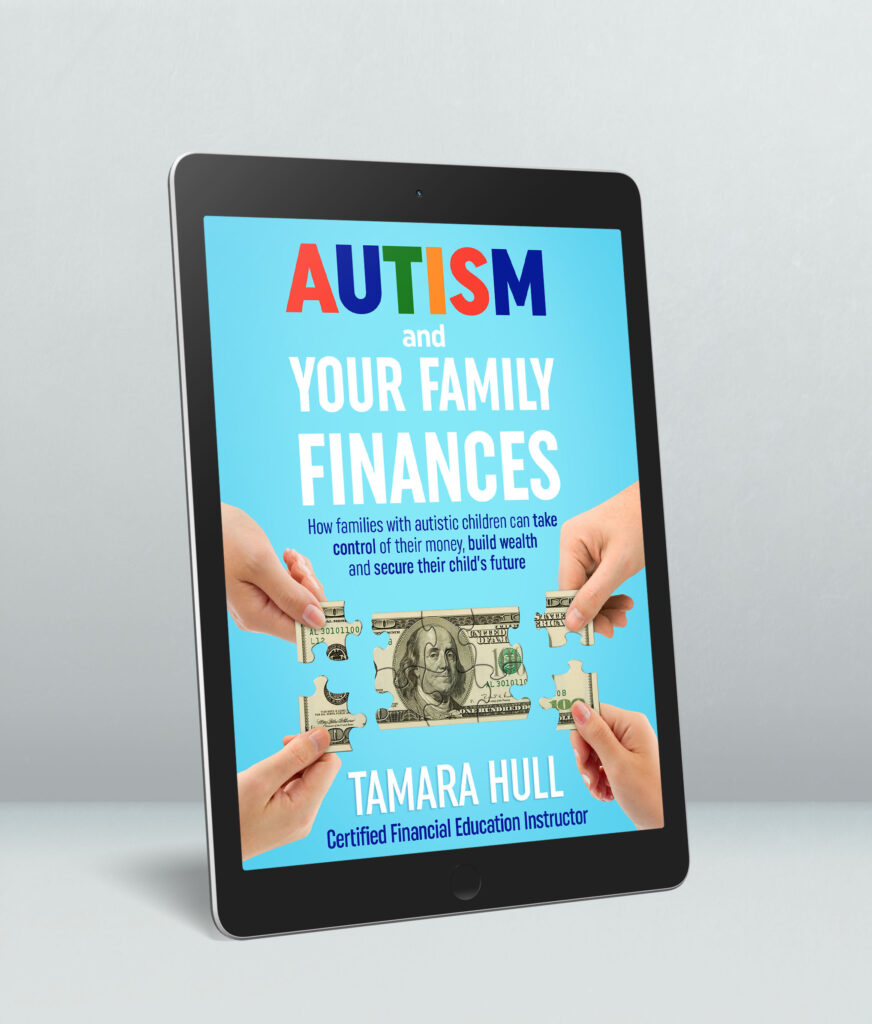We all need to get away sometimes and see new places and have new experiences. Sometimes, we have to travel by airplane. That can be challenging for families who have children with both autism and ADHD. Yet, with good preparation, you can enjoy the flight and look forward to arriving at your destination and then back home. Find out how you can prepare your child with autism and ADHD for the flight on an airplane.
Why airplane travel can be challenging for children with autism and ADHD
Airports can be loud and busy places. For children with autism, it can cause sensory overload. In addition, there are many processes – like going through security and boarding the plane – and a lot of sitting around and waiting. Let’s not even talk about the delays you can experience when flying.
These are situations that can really affect children with autism and ADHD. They tend to be rooted in routine, and nothing about flying in an airplane is usually routine (unless you fly often as a family and establish some for your travel). Between the time challenges and sensory overwhelm, as a parent, you are worried about meltdowns and the ability to keep your child entertained. In addition, your child may experience anxiety or have a fear of flying.
All this adds up to a big challenge for parents of children with autism and ADHD and having to travel by airplane.
Special considerations for ADHD behavior challenges
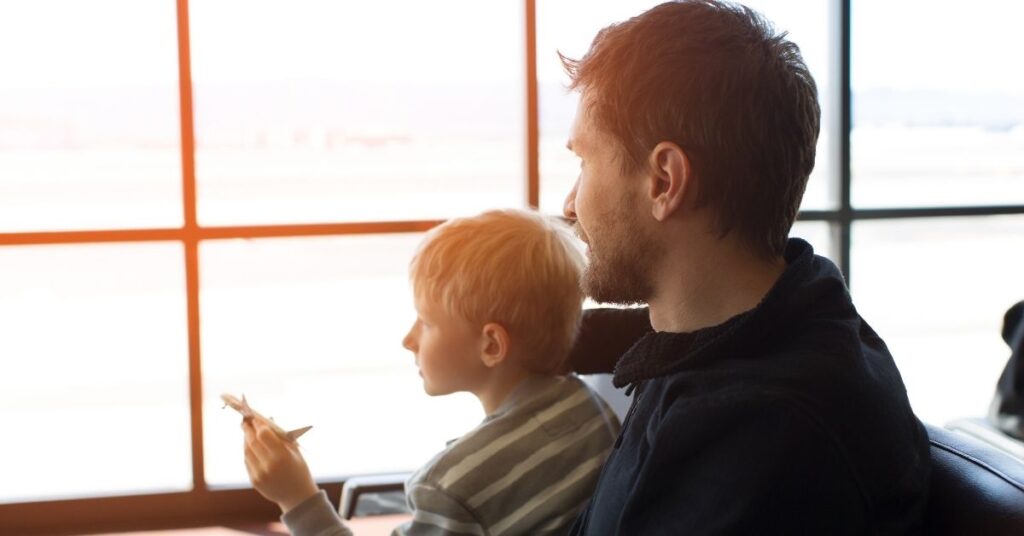
Because your child also has ADHD, there are some additional behavior challenges for flying on an airplane. This is due to their hyperactivity, lack of focus and impulsivity.
Most of our family trips are by car, but we have flown on an airplane before as a family. I admit that I was apprehensive about it because our son J was so hyper and impulsive back then. (He still is as a teenager, but it’s different and not so extreme.) I truly was concerned that he was going to see something and run off when I looked away for a minute.
Also, he talked constantly back then. I worried that his non-stop monologue would drive the other passengers a little crazy. Fortunately, we prepared well so my husband and I had a plan to keep a close eye on him at all times. We also had his Nintendo DS and earbuds along with lots of snacks to keep him busy on the plane. Thankfully, we also had some wonderful Transportation Security Administration (TSA) agents at our local airport who opened a special line for us and helped us through the security process since we had a son with autism and ADHD.
It will be difficult for your child to sit still and quietly for hours in a small space with a lot of other people. Preparing for the flight and time in the airport with lots of activities can help a great deal to keep your child occupied.
How to prepare for an airplane flight
One of the best things you can do to prepare your child with autism and ADHD for an airplane flight is to visit the airport. This will give them a glimpse into this new experience without the added stress of luggage and time pressures. The Arc offers a program called Wings for All that is available at many airports throughout the United States. (For 2021, FYI that they’ve cancelled all of their events due to the COVID-19 pandemic. Check this link in the future for information about airport participation and scheduled events.) Your local airport also may offer their own program or in partnership with another organization. It may be worth looking on its website or calling the airport to inquire.
How else can you prepare your child for an airplane flight? Here are some suggestions:
- Using social stories about visiting the airport and flying can be really helpful for children with autism. Here is a good social story from Kidmunicate Pediatric Speech Therapy. I also used The New Social Story Book from Carol Gray (affiliate link) when my son J was younger.
- Role playing for different situations at the airport can help as well. You could role play going through security with your child and also going through the boarding process. They will have a better idea of what to expect.
- Choosing your seats wisely is important. Would your child rather be by the window so they can look out at the clouds and scenery below? Are does your child feel uncomfortable in small spaces so an aisle seat would be better?
- Determining the best time of day for your child to fly is a good way to prepare for their flight. Sometimes you cannot be choosy about what time of day you can fly but if you can be flexible, it’s best to schedule your flight when it coincides with a good time of day for your child.
- Explaining potential flight delays and routine changes to your child is really important. If they know what to expect, then they may be able to manage it better. It won’t be easy (it’s certainly not easy for us as adults to deal with flight delays!), but it will not be a surprise either.
What to pack for your child in their carry-on bag
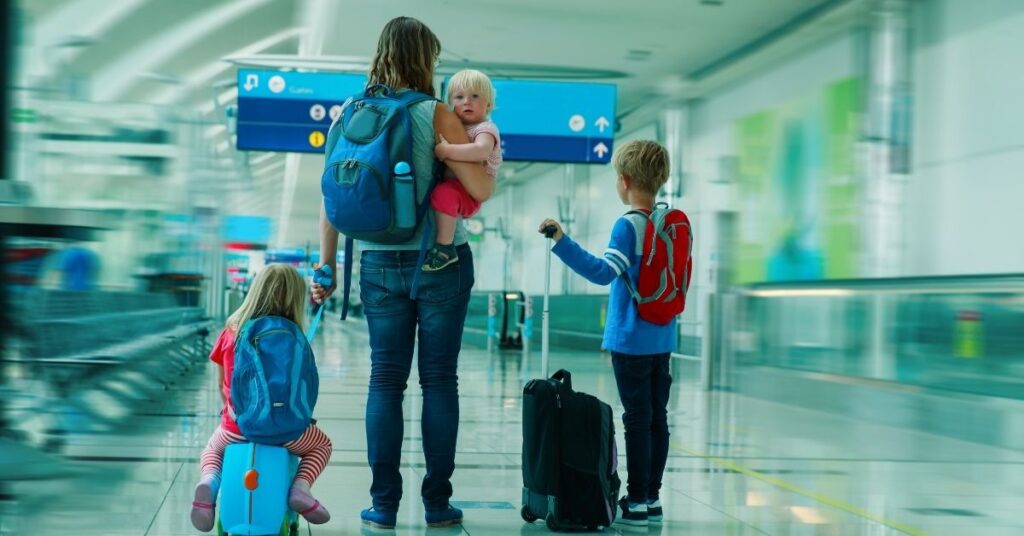
Packing your child’s carry-on bag or backpack can go a long way in helping your child through the long hours of waiting in the airport and the flight itself!
- Be sure to include a variety of small toys and activities that your child enjoys and will give them a variety of things to do.
- Bring whatever electronics they prefer, whether it’s a handheld gaming device, iPad or other tablet, and another preferred gadget. Ensure you bring earbuds or headphones too 😊
- Pack lots of snacks plus gummy bears or gum to manage the ear-popping during the flight. Also have a water bottle on hand, whether it’s a favorite reusable bottle you bring from home and fill at the airport or water you purchase there.
- Don’t forget your emergency meltdown kit with comfort and other items to help your child deal with sensory overwhelm.
What to do the day of the flight
To make your trip go more smoothly for your flight, follow these tips:
- Make sure your suitcases and carry-ons are packed by the night before and set out any items that will need to be packed at the last minute. Making a list to double check will help too! Also, have everyone’s clothes laid out the night before to make getting ready easier if you have a morning flight.
- Be sure that your child takes any medication they need before you leave for the airport. This will keep you from forgetting later. Also, make sure you have all medicines packed in your carry-on bag! (You don’t want to include these on your checked baggage in case anything is lost during the flight.)
- Give your family additional time to get ready and travel to the airport (especially if the weather is bad). Check your local airport for guidance on how long you should arrive before your flight.
- Check with the airport ahead of time to see if there are any special accommodations for your child such as early boarding or other things can make your flight easier.
Enjoying the flight
While flying can be stressful, it also can be a lot of fun for your child. My son J was in awe once we were in the air, and he could see the clouds right outside of his window. He loved looking down to see the miniature buildings and the landscape. I hope your child does too.
What tips do you have for other parents to make flying on an airplane easier and more enjoyable for a child with autism and ADHD? Leave a comment so that we can share and encourage one another!



